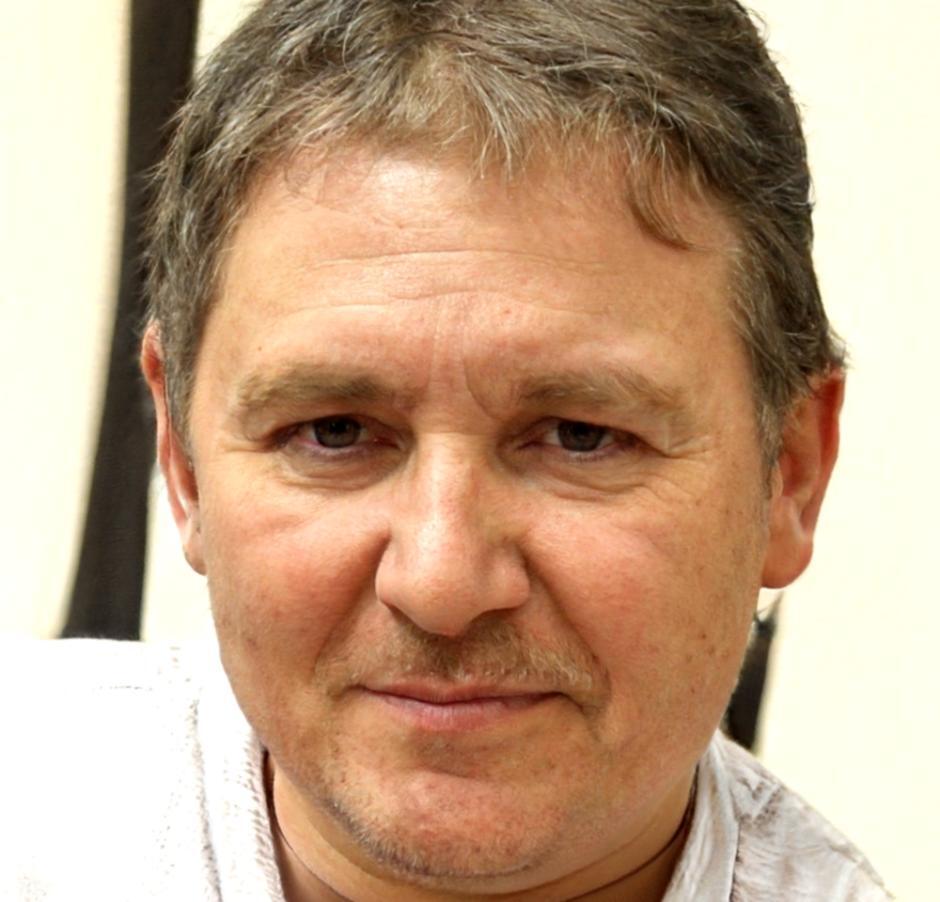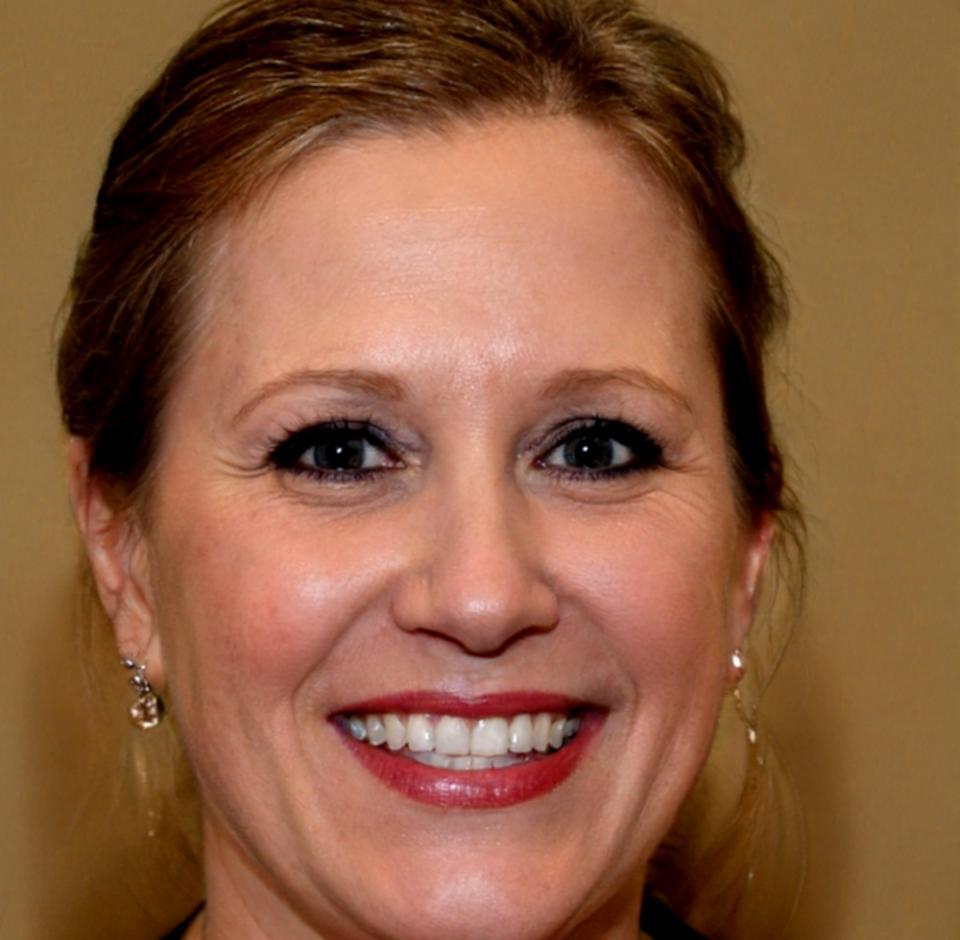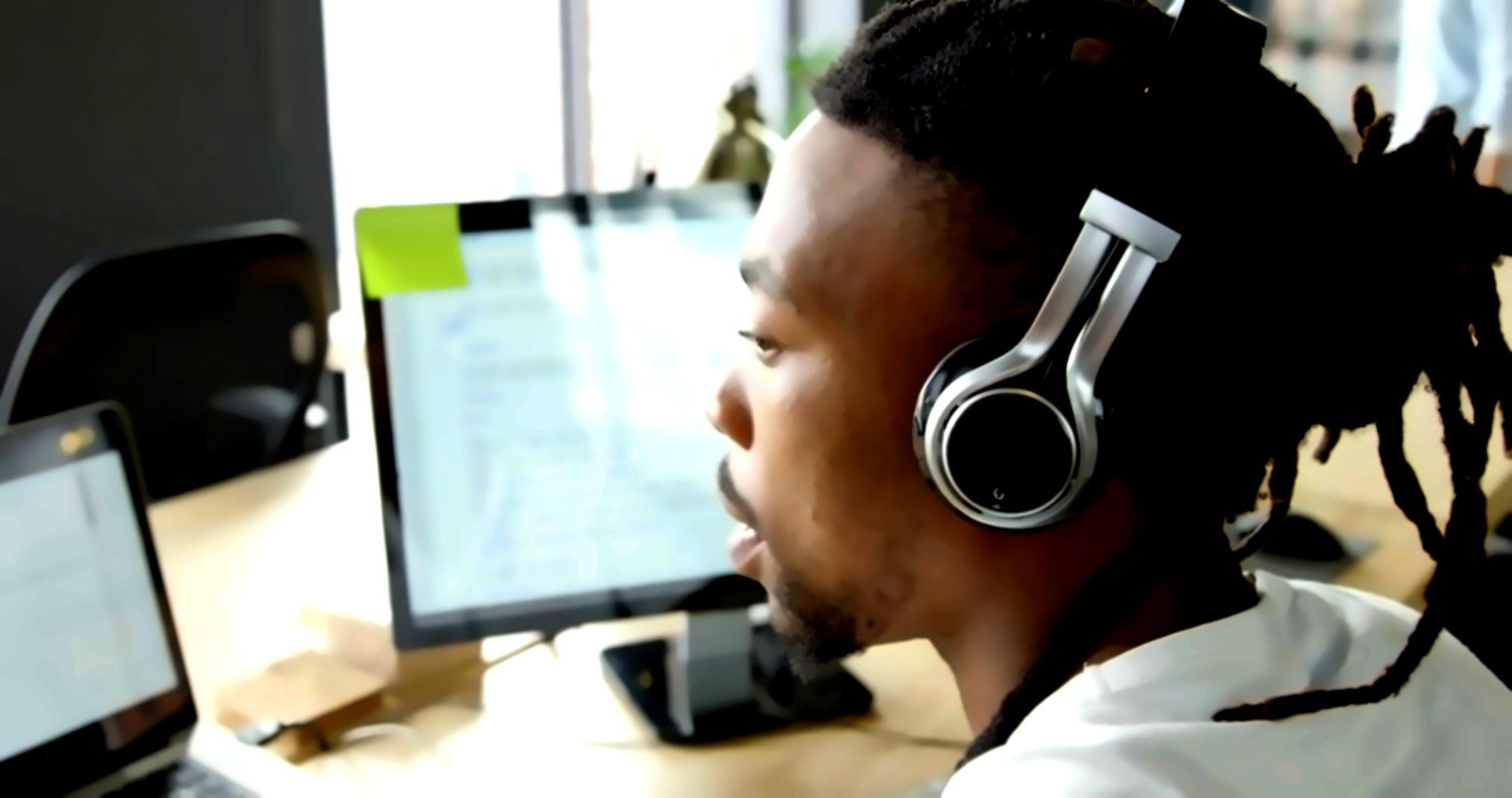AR and VR Development Program
We built this program after working on dozens of immersive projects and noticing the same gap everywhere. Companies need developers who understand spatial computing—not just theory, but actual implementation. This training reflects what you'd actually do on the job, from environment mapping to user interaction design.
Starting in September 2026, you'll spend eight months building real projects. No fluff. No promises about guaranteed jobs. Just focused work with people who've been shipping XR applications since 2019.

What You'll Actually Learn
The curriculum follows how we onboard junior developers at our studio. Each phase builds on previous work, and by month four, you're solving problems we've encountered on client projects. Some students finish early. Others need the full eight months. Both outcomes are fine—this isn't a race.
Foundations and Spatial Thinking
You can't build good XR experiences without understanding how humans perceive 3D space. We start with Unity fundamentals and C# scripting, then move into coordinate systems and transform hierarchies. Most people find the shift from screen-based to spatial thinking challenging at first.
By week six, you'll have built three simple environments and understand why frame rate matters differently in VR than traditional gaming.
Interaction Design and Input Systems
This is where things get interesting. You'll work with actual VR headsets and build interaction systems from scratch. Hand tracking, controller input, gaze detection—we cover the technical implementation and discuss why certain patterns feel natural while others cause discomfort.
The mid-term project involves creating an interactive workspace environment. Past students have built everything from virtual art studios to architectural walkthroughs. Your choice, but it needs functional UI and at least three interaction methods.
Performance and Platform Integration
Here's what separates hobby projects from production work: performance constraints. Mobile VR requires different optimization strategies than tethered headsets. We spend significant time on profiling, draw call reduction, and asset optimization. Not glamorous, but essential.
You'll also learn platform-specific requirements for Meta Quest, PSVR2, and WebXR deployment. Each has quirks and limitations that affect design decisions early in development.
Capstone Project Development
The final two months are dedicated to your capstone—a complete XR application of your design. We provide guidance, code review, and weekly check-ins, but the direction is yours. Recent projects included a medical training simulator, a collaborative design tool, and an AR navigation system for warehouse workers.
You'll present your work to our studio team and visiting professionals from Spain's XR industry. It's not a job interview, but connections often develop naturally from these presentations.
Who Teaches This Program
Everyone who teaches here works on active XR projects. We rotate instructors based on their current workload, so you might have different people leading different modules. That's intentional—you get exposure to various approaches and specializations.

Oskar Lindqvist
Lead XR DeveloperSpent five years at a Barcelona game studio before joining us. Specializes in interaction design and has strong opinions about hand tracking implementations.

Siobhan Gallagher
Technical DirectorFormer graphics programmer who moved into XR development in 2020. Handles the performance optimization modules and doesn't tolerate inefficient code.

Anouk Vermeer
Senior DeveloperFocuses on WebXR and cross-platform development. Previously worked on enterprise AR solutions and brings that practical perspective to the curriculum.

Petra Kowalczyk
UX SpecialistBackground in human-computer interaction research. Teaches the spatial UI modules and regularly challenges technical decisions that sacrifice user comfort.
Hands-On Project Work
Theory only gets you so far. Every week includes structured project time where you apply new concepts immediately. We provide the initial requirements, but how you solve problems is up to you.
Environmental Prototyping
Build three distinct VR environments with different spatial requirements. Learn lighting, audio design, and how environment scale affects user perception. One must work on mobile hardware.
Interaction System Implementation
Create a modular interaction framework that handles grabbing, throwing, and UI manipulation. Must support both hand tracking and controllers with smooth transitions between input methods.
Multi-User Experience
Develop a networked VR application where two users can interact with shared objects. Address synchronization, voice chat integration, and avatar representation.
AR Feature Integration
Build an AR application that uses plane detection, image tracking, or spatial anchors. Focus on outdoor usability and varying lighting conditions.

